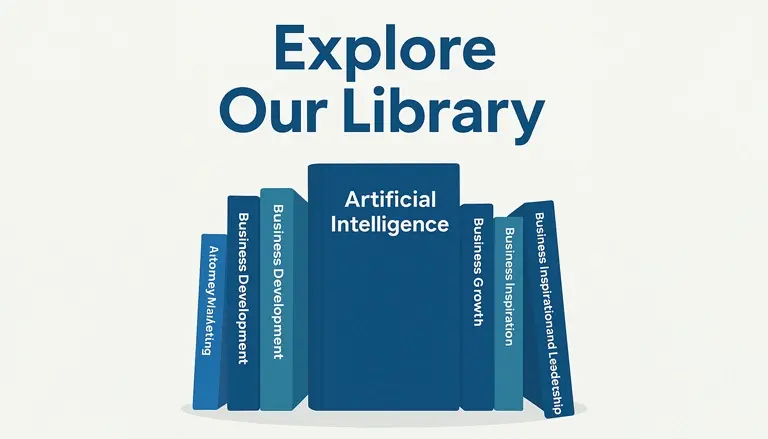

When ‘Good Enough’ Isn’t: The Hidden Costs of Settling for Mediocre Talent
Posted November 12, 2024 by Kevin Chern
The hiring process can feel like a marathon, and as time drags on, the temptation to settle for a “good enough” candidate grows stronger. With tight timelines and mounting pressure, it’s easy to convince yourself that filling the role quickly is the right move. But here’s the catch settling for average talent may patch things up temporarily, but it often leads to bigger challenges down the road.
Mediocre hires come with hidden costs that aren’t always obvious at first missed opportunities, declining team morale, and dissatisfied customers. What initially feels like a shortcut can quickly turn into a detour that holds your business back. In a world where innovation and agility are key to success, hiring the right people isn’t just a box to check it’s a business strategy for long-term growth.
The Cost of Settling for Mediocre Talent
1. Innovation Comes to a Standstill
When you fill roles with average employees, your business runs the risk of stagnating. Mediocre hires tend to focus on doing only what’s required, avoiding risks or creative problem-solving. They maintain the status quo instead of pushing boundaries, leaving little room for innovation. While your competitors brainstorm game-changing ideas, your team may just be trying to keep the lights on. In today’s fast-moving business landscape, settling for good enough talent can quickly put you behind.
2. Management Overload and Lost Time
Mediocre employees can become a drain on your leadership team. Tasks that should be completed smoothly often require repeated explanations or follow-ups. Managers get stuck babysitting projects, cleaning up mistakes, and tracking down deliverables. This constant micromanagement eats into time that could be spent on strategic initiatives. Over time, the added stress leads to burnout, frustration, and reduced productivity across the organization.
3. Company Culture Takes a Hit
A strong workplace culture is built on ambition, collaboration, and shared purpose. But even one underperforming employee can throw off the team dynamic. When high achievers see mediocrity being tolerated or worse, rewarded they become frustrated and disengaged. Some might even start looking for new opportunities where their efforts will be appreciated. The result? You’re not just losing one great employee you’re watching the energy, enthusiasm, and momentum walk out the door with them.
4. Customer Experience Declines
Your customers expect top-notch service, not mediocrity. Employees who only do the bare minimum can’t provide the kind of exceptional experience that builds loyalty. Missed deadlines, sloppy work, or uninspired interactions leave customers unimpressed and searching for alternatives. In a market where customer retention is crucial, delivering just enough is simply not enough.
What Top-Tier Talent Brings to the Table
Exceptional employees do more than just meet expectations they raise the bar for everyone around them. These individuals bring initiative, creativity, and a problem-solving mindset to their roles. Rather than waiting to be told what to do, they identify issues early, propose solutions, and help drive the business forward.
When you hire top-tier talent, you unlock:
- Higher productivity without the need for constant oversight.
- Innovative thinking that fuels new ideas and improvements.
- Seamless customer experiences that foster trust and loyalty.
- Motivated teams that feed off each other’s energy and strive to excel.
In the long run, investing in high-caliber talent saves your business time, effort, and money. The right people not only fulfill their roles they help your business grow in ways you never imagined.
How to Avoid the Trap of ‘Good Enough’
So how do you avoid the costly mistake of settling for average hires? It’s easy to feel the pressure to fill a role quickly, but taking the time to find the right fit pays off in the long run. Here’s how to stay on track:
1. Set High Standards and Hold the Line
Before starting your search, define what success looks like in the role and don’t compromise. Consider not only technical skills but also the mindset and values that align with your company culture. Are you hiring someone who will grow with your business or just someone to fill a gap?
2. Build an Employer Brand That Attracts the Best
Exceptional candidates are drawn to companies with strong values and a clear mission. Invest in your employer brand to show what makes your organization special. Highlight your culture, opportunities for growth, and real stories from employees to attract top talent.
3. Take Your Time with the Hiring Process
Rushing the hiring process can lead to poor decisions. It’s better to leave a role vacant a little longer than to fill it with someone who isn’t the right fit. Think of it as a short-term sacrifice for long-term success.
4. Offer More Than Just a Paycheck
The best talent is looking for more than just compensation they want purpose, growth, and flexibility. Offer professional development opportunities, meaningful work, and work-life balance to keep high performers engaged and committed.
The Real Cost of Settling
At first, hiring a good enough employee may seem like the quickest solution, but the cracks appear sooner than you’d expect. From wasted time and frustrated managers to a drop in morale and dissatisfied customers, the hidden costs add up fast.
On the flip side, hiring exceptional talent transforms your business. The right people set higher standards, spark innovation, and help your company thrive in a competitive market.
So, the next time you’re tempted to settle for someone who’s just okay, stop and ask yourself Is good enough really good enough? Because when it comes to talent, settling isn’t a solution it’s a setback.
Tags:




